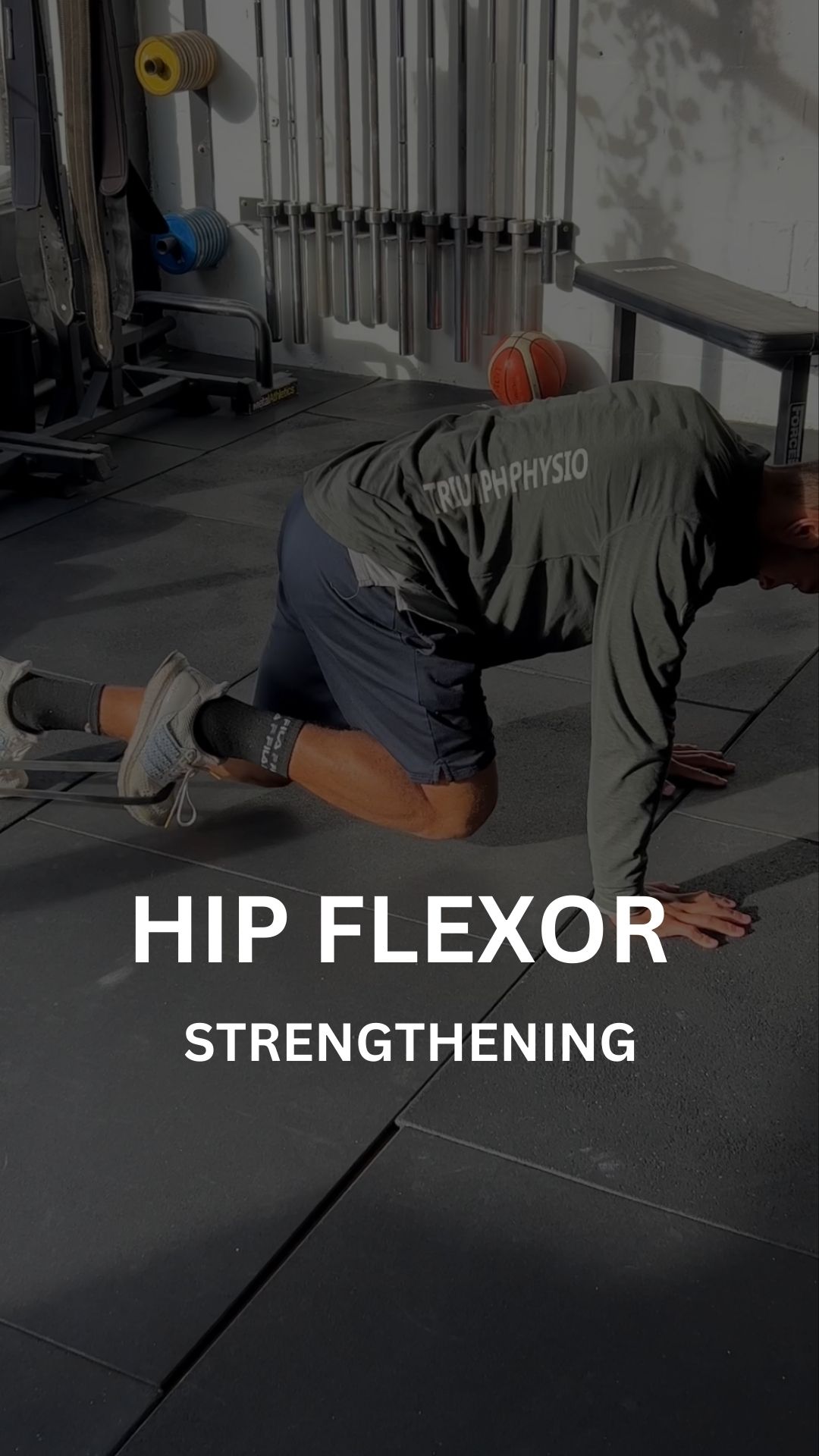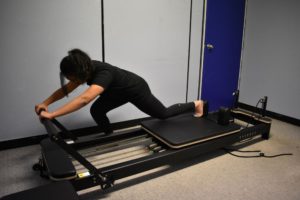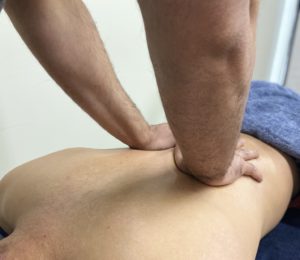Intro
Hip flexors play a vital role in our daily movements, from basic activities like walking and sitting to more dynamic actions like running and jumping. These muscles, including the iliopsoas and rectus femoris, are responsible for lifting your knees and stabilizing your hips. Unfortunately, due to sedentary lifestyles and improper training, many individuals experience weak hip flexors, which can lead to various injuries and discomfort. In this article, we will explore the importance of strong hip flexors, how to make them stronger, the consequences of weak hip flexors, and the potential benefits of walking for hip flexor health.
How do I make my hip flexors stronger?
Hip flexor Strengthening involves targeted exercises that engage and challenge these muscles. Here are some effective exercises to incorporate into your routine:
a. Leg Raises: Lie on your back with your legs straight. Slowly lift one leg off the ground, keeping it straight, and then lower it back down. Repeat on the other leg. For added resistance, you can use ankle weights.
b. Bicycle Crunches: Lie on your back and perform a bicycle pedal motion, bringing one knee toward your chest while straightening the other leg. Alternate the movement to engage both hip flexors and abdominal muscles.
c. Resistance Band Exercises: Incorporate resistance bands into your workouts to add resistance and challenge your hip flexors further. Exercises like resisted leg lifts or seated leg press can be effective.
What happens if your hip flexors are weak?
Weak hip flexors can lead to various issues, affecting your daily life and physical activities:
a. Lower Back Pain: Weak hip flexors can cause an imbalance in the pelvis, leading to increased stress on the lower back muscles. This imbalance may contribute to chronic lower back pain and discomfort.
b. Poor Posture: When your hip flexors are weak, it can impact your ability to stand tall and maintain proper posture. This can result in a rounded back and forward head posture.
c. Reduced Mobility: Weak hip flexors limit the range of motion in your hips, affecting activities like running, jumping, and bending. Reduced mobility can hinder athletic performance and day-to-day movements.
d. Muscle Strains: With weak hip flexors, the surrounding muscles may compensate, leading to strains and overuse injuries in other areas, such as the hamstrings and quadriceps.
e. Increased Risk of Injuries: Weak hip flexors may make you more susceptible to injuries during physical activities or sports, especially those that involve sudden changes in direction or high impact.
Why do hip flexor strengthening exercises?
Strengthening your hip flexors offers numerous benefits that go beyond injury prevention:
a. Injury Prevention: Strong hip flexors help stabilise your pelvis and lower back, reducing the risk of strain and injury during sports and daily activities. Properly conditioned hip flexors also aid in maintaining balance and stability.
b. Improved Performance: Athletes can enhance their performance, especially in activities that involve running, jumping, or kicking, with stronger hip flexors. Efficient hip flexors contribute to better leg drive and power generation.
c. Enhanced Flexibility: Flexible hip flexors contribute to better overall flexibility and mobility in the hips and lower body. This improved range of motion can benefit various exercises and movements.
d. Better Posture: Strengthened hip flexors can help maintain proper alignment and improve your posture. Good posture not only enhances your appearance but also reduces the strain on your spine and supporting muscles.
e. Alleviating Lower Back Pain: By strengthening your hip flexors, you can alleviate lower back pain caused by muscle imbalances and poor posture.
Is walking good for hip flexors?
Walking is a low-impact exercise that engages various muscles, including the glutes, hamstrings, and calf muscles. Although walking doesn’t solely target the hip flexors, it does activate them to a certain extent. When you take a step forward, your hip flexors contract to lift your leg. Walking regularly can help keep your hip flexors active and promote blood flow to the area.
To maximize the benefits for your hip flexors while walking, focus on maintaining proper posture. Keep your back straight, engage your core muscles, and take natural strides. Consider adding walking lunges to your routine to provide additional challenge and engagement for your hip flexors.
Conclusion:
Strong hip flexors are essential for maintaining proper posture, preventing injuries, and supporting various physical activities. By incorporating targeted exercises into your fitness routine, you can strengthen these essential muscles and enjoy the benefits of improved performance and reduced risk of injury. Remember to consult with a healthcare professional or fitness trainer before starting any new exercise program, especially if you have pre-existing hip issues. With regular hip flexor strengthening exercises and mindful walking, you can maintain strong and healthy hip flexors, enhancing your overall well-being and quality of life.
If you have any additional points or specific information you’d like me to include in the blog post, please let me know, and I’ll gladly customize it according to your preferences
For Appointments
Triumph Physio operates in Mount Wellington, Newmarket & Epsom, Auckland. We have qualified Physiotherapist registered under ACC to help you. For more info call us on 09 526 1448 or book online below




